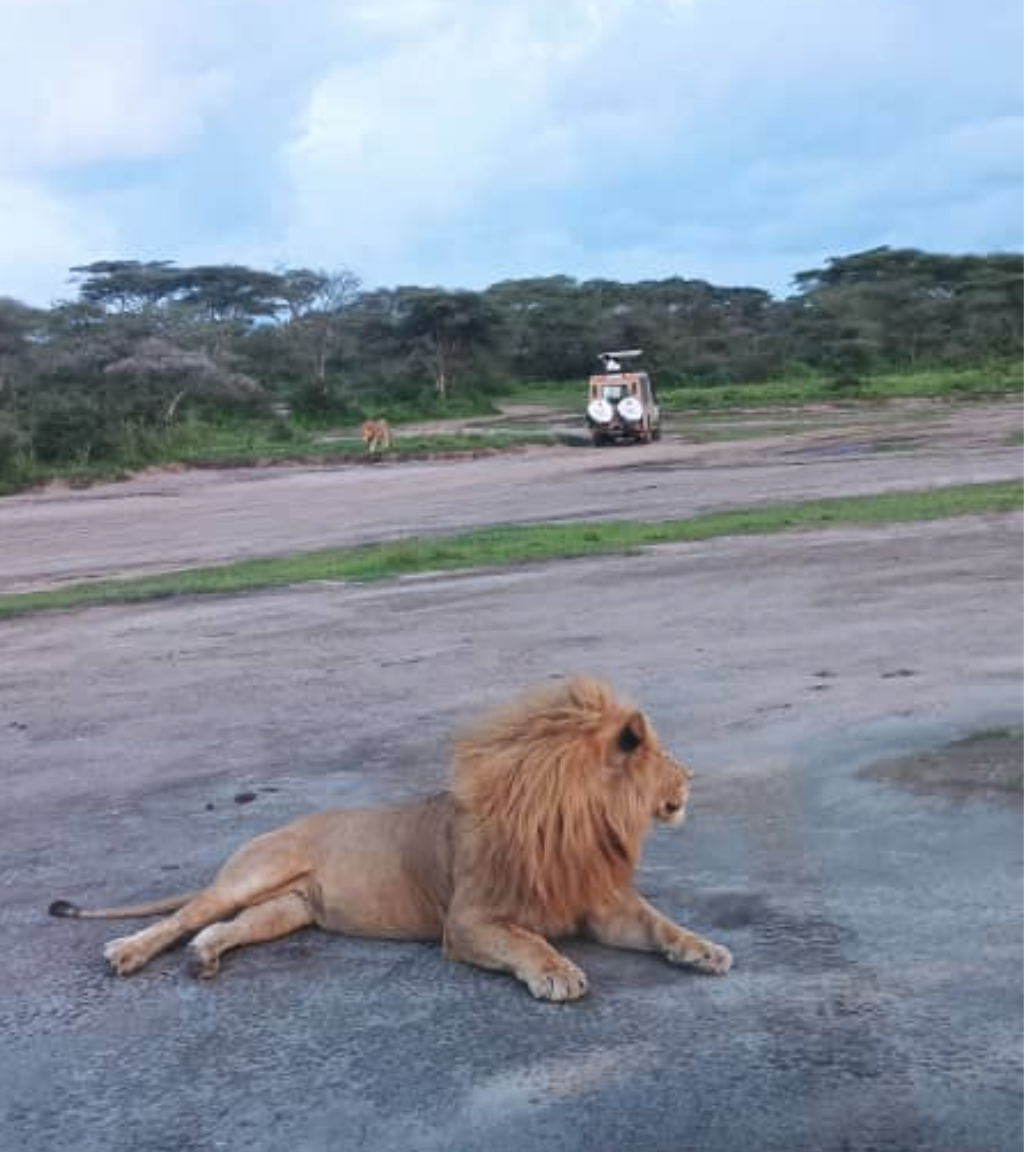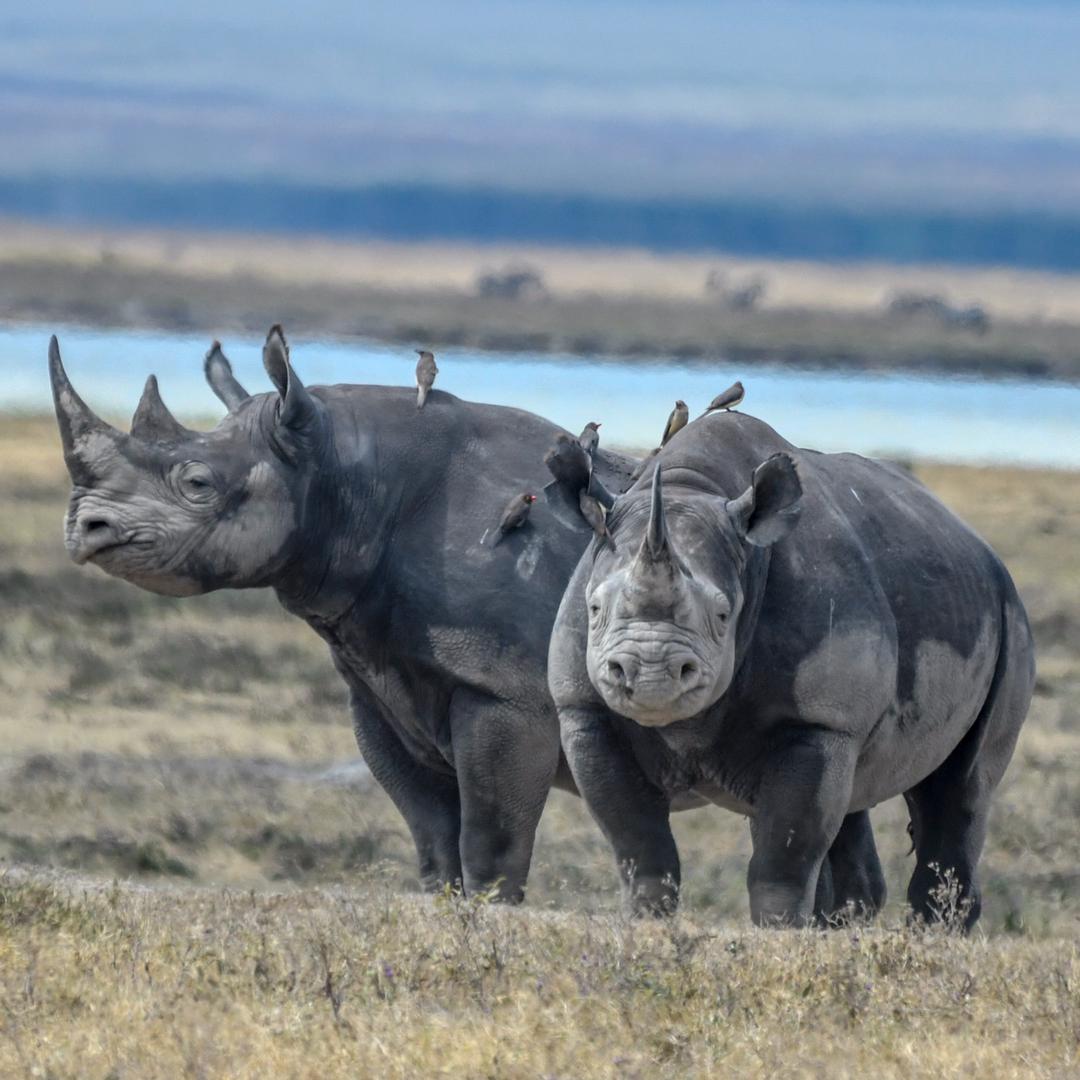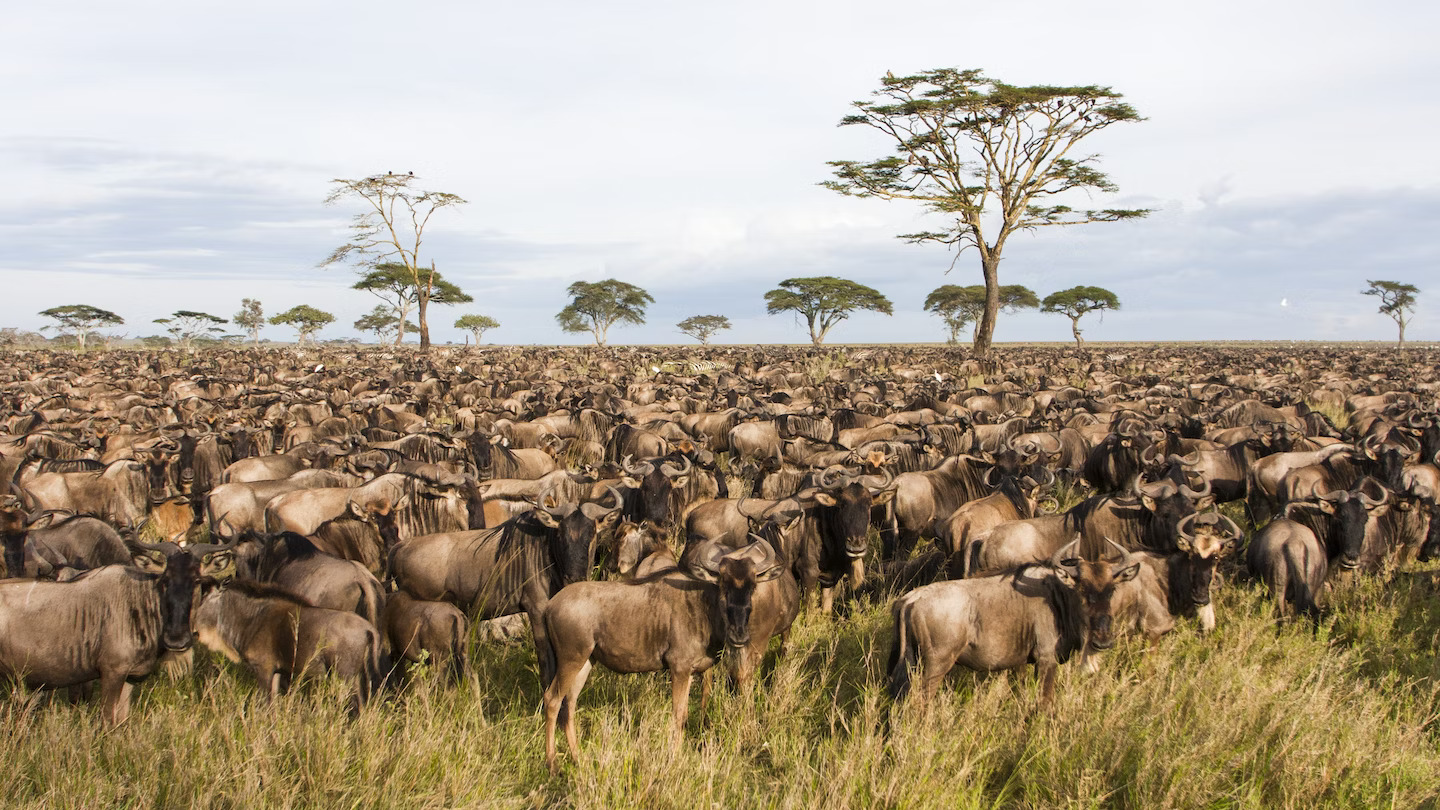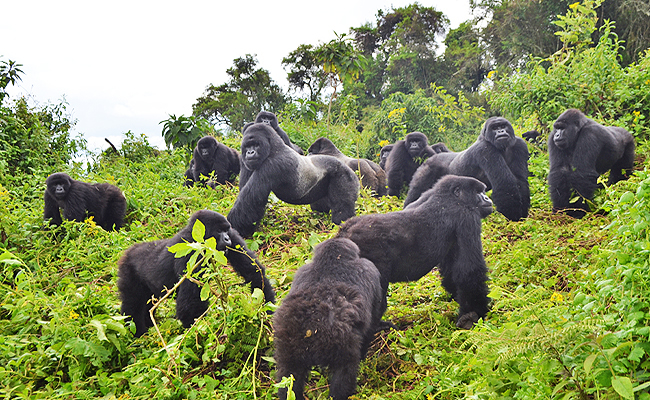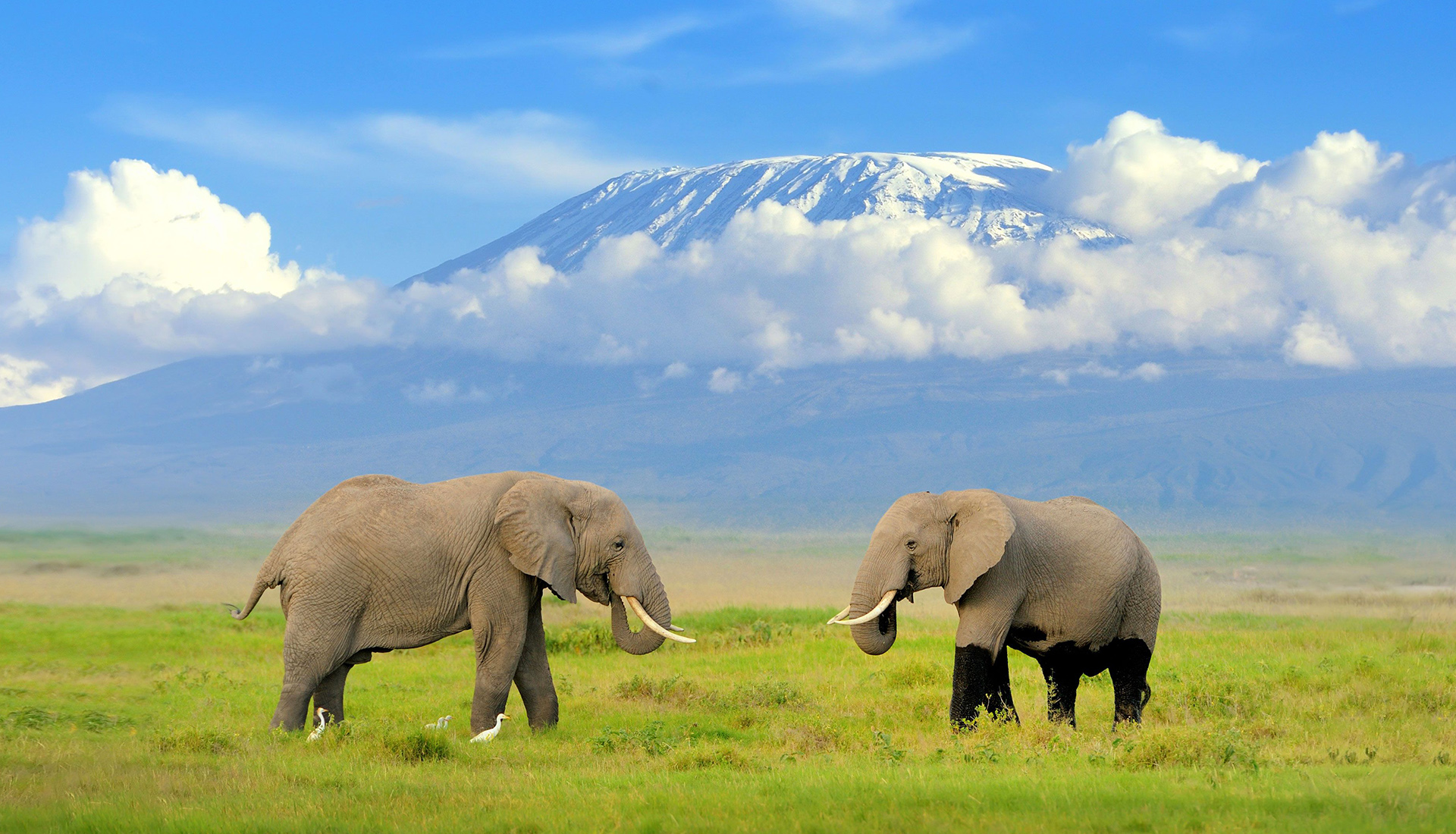Kenya Safaris Destination
Parks and Their History:
Masai Mara National Reserve:
Perhaps the most famous wildlife reserve in Kenya, the Masai Mara is renowned for its stunning landscapes, the annual Great Migration of over 1.5 million wildebeest, zebras, and gazelles, and exceptional populations of lions, leopards, and cheetahs. Established in 1961, the reserve covers around 1,510 square kilometers and is managed by local Maasai communities in partnership with the Kenyan government.
Amboseli National Park:
Known for its large herds of elephants and magnificent views of Mount Kilimanjaro, Amboseli is one of Kenya’s most popular national parks. Covering 392 square kilometers, it was declared a UNESCO Biosphere Reserve in 1991. The park is characterized by its diverse habitats, including swamps, savannahs, and woodlands.
Nairobi National Park:
The only national park in the world located within a capital city, Nairobi National Park offers an extraordinary contrast between wildlife and a city skyline. Established in 1946, it spans 117 square kilometers and is home to over 100 mammal species, including lions, leopards, rhinos, and giraffes, as well as more than 400 bird species.
Lake Nakuru National Park:
Famous for its large flocks of flamingos that feed on the lake’s algae, Lake Nakuru is one of the Rift Valley soda lakes. Established as a national park in 1961, it covers 188 square kilometers and provides sanctuary to over 450 bird species and a wide range of wildlife, including both black and white rhinos.
Tsavo National Parks (East and West):
Tsavo East and Tsavo West together form one of the largest national parks in the world, covering an area of 22,000 square kilometers. Tsavo East is known for its vast landscapes and large herds of “red elephants,” while Tsavo West is famous for its rugged scenery, Mzima Springs, and diverse wildlife. The parks were established in 1948 and offer a classic safari experience with fewer tourists.
Samburu National Reserve:
Located in northern Kenya, Samburu is known for its unique wildlife species, such as the Grevy’s zebra, Somali ostrich, reticulated giraffe, gerenuk, and Beisa oryx — collectively known as the “Samburu Special Five.” The reserve covers 165 square kilometers along the Ewaso Ng’iro River and is a haven for bird watchers and nature enthusiasts.
Meru National Park:
A lesser-known gem, Meru National Park is characterized by its diverse habitats, including grasslands, swamps, and riverine forests. The park covers 870 square kilometers and is known for its populations of elephants, lions, and the rare Grevy’s zebra. It is also the historic home of Elsa the Lioness, made famous by the book and movie “Born Free.”
Aberdare National Park:
Part of the Aberdare Mountain Range, this park is known for its high-altitude forests, waterfalls, and diverse wildlife, including elephants, buffalos, leopards, and the rare bongo antelope. Established in 1950, the park covers 767 square kilometers and offers a cooler climate and lush landscapes.
Mount Kenya National Park:
A UNESCO World Heritage Site, Mount Kenya National Park is centered around Mount Kenya, Africa’s second-highest peak. The park was established in 1949 to protect the surrounding forests and its diverse flora and fauna. It covers 715 square kilometers and is a prime destination for mountaineering, hiking, and wildlife viewing.
Hell’s Gate National Park:
Named after a narrow break in the cliffs, Hell’s Gate is known for its dramatic scenery, including towering cliffs, gorges, and geothermal hot springs. Established in 1984, the park spans 68 square kilometers and offers activities like rock climbing, hiking, and cycling. It is also a sanctuary for various bird species, including the endangered lammergeier vulture.
Laikipia Plateau:
Although not a national park, Laikipia is a vast wildlife-rich area encompassing private and community conservancies. It is home to some of Kenya’s most innovative conservation projects and offers a range of unique safari experiences, from horseback safaris to walking tours.
Ol Pejeta Conservancy:
Located on the Laikipia Plateau, Ol Pejeta is East Africa’s largest black rhino sanctuary and home to the last two northern white rhinos on Earth. The conservancy covers 360 square kilometers and is a key site for wildlife conservation and community-based tourism.
Shimba Hills National Reserve:
Located near the coastal city of Mombasa, Shimba Hills is one of the last remaining coastal rainforests in East Africa. Covering 192 square kilometers, the reserve is known for its elephant population, the rare sable antelope, and stunning waterfalls.
Kisite-Mpunguti Marine Park:
A protected marine area on Kenya’s south coast, Kisite-Mpunguti offers some of the best snorkeling and diving experiences in Kenya. The park covers 39 square kilometers and is home to dolphins, sea turtles, and over 250 species of fish.
Fun Facts:
- Kenya is the birthplace of modern safari, a Swahili word meaning “journey.”
- The Masai Mara is home to one of the densest populations of lions in Africa.
- Nairobi National Park is the only park in the world with a large concentration of wildlife so close to a capital city.
Best Time to Visit:
Dry Season (July to October and January to February):
Ideal for wildlife viewing, especially the Great Migration in the Masai Mara and game viewing in Amboseli and Tsavo.
Wet Season (November to December and March to June):
Good for bird watching, lush scenery, and fewer tourists. The “short rains” from November to December are less disruptive than the “long rains” from March to May.
Top Attractions for Tourists:
- Witness the Great Migration in the Masai Mara.
- Game drives and elephant watching in Amboseli with views of Mount Kilimanjaro.
- Exploring Nairobi National Park’s wildlife just minutes from the city.
- Birdwatching and rhino spotting at Lake Nakuru National Park.
- Walking safaris and rock climbing in Hell’s Gate National Park.
- Discover the unique “Samburu Special Five” in Samburu National Reserve.
- Climbing Mount Kenya or hiking in Aberdare National Park.
FAQs:
- What is the best way to see the Great Migration?
Plan a safari in the Masai Mara from July to October.
- Are there direct flights to Kenya?
Yes, Nairobi is a major hub with direct flights from many international destinations.
- Is it safe to visit Kenya for a safari?
Yes, Kenya is a popular tourist destination with well-established safari operators and guides.
- What activities are available besides game drives?
You can enjoy birdwatching, hiking, hot air balloon safaris, cultural tours, horseback safaris, and more.
How can we help you?
By planning carefully and choosing the right experiences, you can create an unforgettable adventure for your entire family.

